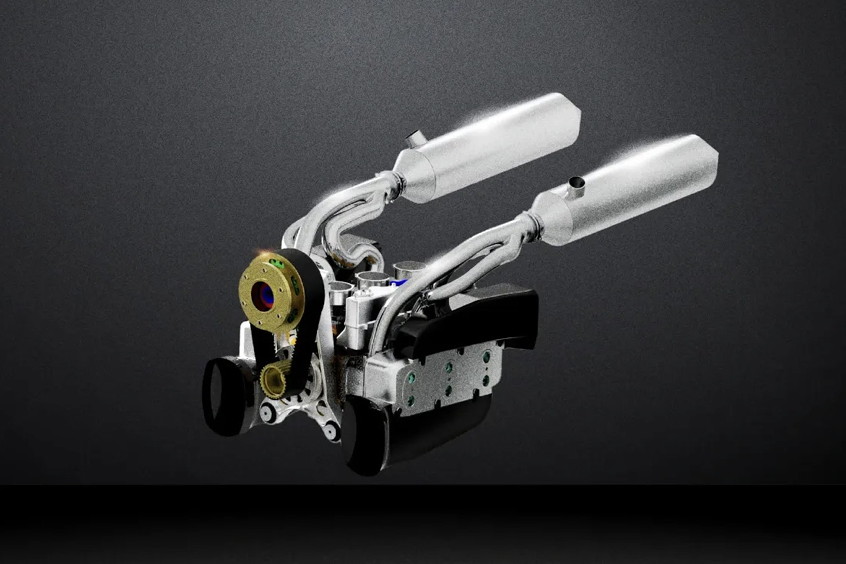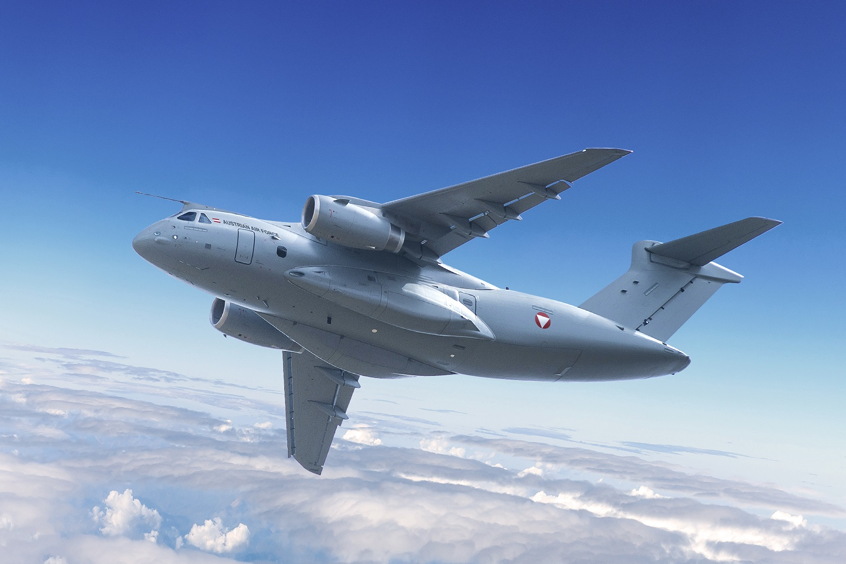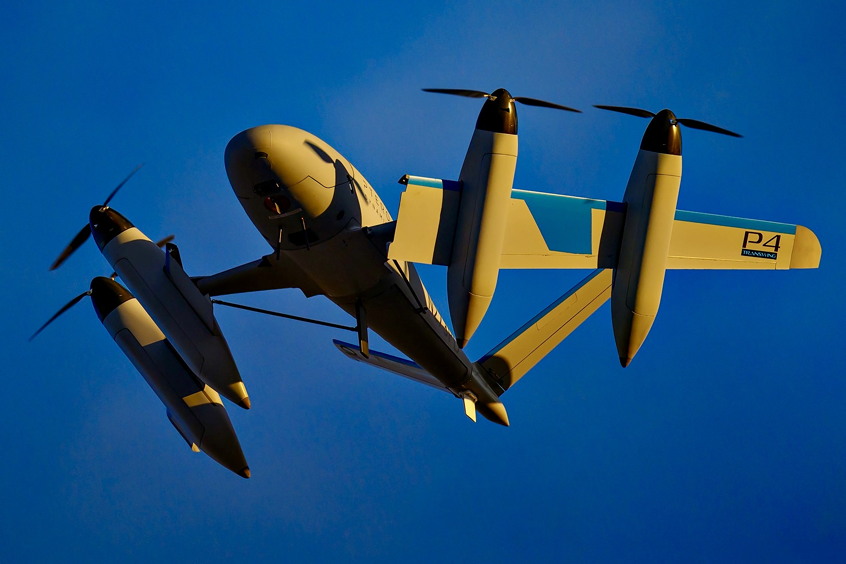PRESS RELEASE
Issued by: Boom Supersonic
Boom Supersonic, the company building the world’s fastest airliner, Overture, today announced Boomless Cruise for its supersonic airliner, enabling supersonic travel over land without an audible sonic boom. During its historic first supersonic flight on January 28, 2025, Boom’s demonstrator aircraft, XB-1, broke the sound barrier three times without generating a sonic boom that reached the ground, demonstrating that quiet supersonic travel is possible.
Boomless Cruise is based on well-established physics known as Mach cutoff, in which a sonic boom refracts in the atmosphere and never reaches the ground. This effect is achieved by breaking the sound barrier at a high enough altitude, with exact speeds varying based on atmospheric conditions.
“XB-1 broke the sound barrier three times during its first supersonic flight—without an audible boom,” said Blake Scholl, Founder and CEO of Boom Supersonic. “This confirms what we’ve long believed: supersonic travel can be affordable, sustainable, and friendly to those onboard and on the ground. With this success, we’re bringing Boomless Cruise to Overture, unlocking faster travel on even more routes.”
Specialized microphone arrays placed in strategic locations under the flight path confirmed that sonic booms did not reach the ground as XB-1 flew at a top speed of Mach 1.12. The data collected during XB-1’s multiple supersonic runs allowed Boom to validate sonic boom models and improve the algorithms that predict operating in Mach cutoff.
This data shows that supersonic flight without the disturbance of a sonic boom is possible—opening the door to supersonic travel over land onboard Boom’s supersonic airliner, Overture.
Boomless Cruise enables Overture to fly at speeds up to Mach 1.3 without an audible boom, reducing U.S. coast-to-coast flight times by up to 90 minutes. International routes with overland segments can also benefit from increased speeds.
In order to operate within today’s regulations, Boom planned to operate Overture at Mach 0.94 over land—approximately 20% faster than today’s subsonic jets—only breaking the sound barrier over water, where it would speed up to Mach 1.7, or twice as fast. The data collected from XB-1’s supersonic flight establishes the possibility of Overture traveling up to 50% faster than today’s jets over land without an audible boom.
Boomless Cruise on Overture is enabled by Symphony, its purpose-built propulsion system. Unlike other commercial engines, Symphony’s enhanced transonic thrust enables Overture to break the sound barrier well above 30,000ft—high enough for Mach cutoff physics to work. Boomless Cruise is also enabled by Overture’s advanced autopilot, which automatically selects the highest quiet speed under real-time conditions.
Boom expects to produce thrust during fully-operational engine core tests for Symphony by the end of 2025. Engine core testing will analyze performance of the compressor, combustor, and turbine section. Data gathered will further refine engineering and expedite production of a fully certified engine.
Overture has an order book of 130 orders and pre-orders from American Airlines, United Airlines, and Japan Airlines, representing the first five years of production. In 2024, Boom completed construction on the Overture Superfactory in Greensboro, North Carolina, which will scale to produce 66 Overture aircraft per year. Optimized for speed, safety, and sustainability, Overture and its bespoke propulsion system, Symphony, are designed to run on up to 100% sustainable aviation fuel (SAF).
| Contact details from our directory: | |
| Boom Supersonic | Airframer |
| Related aircraft programs: |
| Boom Overture |
| Related directory sectors: |
| Engines |
Weekly news by email:
See the latest Bulletin, and sign up free‑of‑charge for future editions.

EDGE launches Powertech for high-performance aero engines
GE uses exascale supercomputers for Open Fan engine

Embraer begins assembly of Austria’s first C-390
